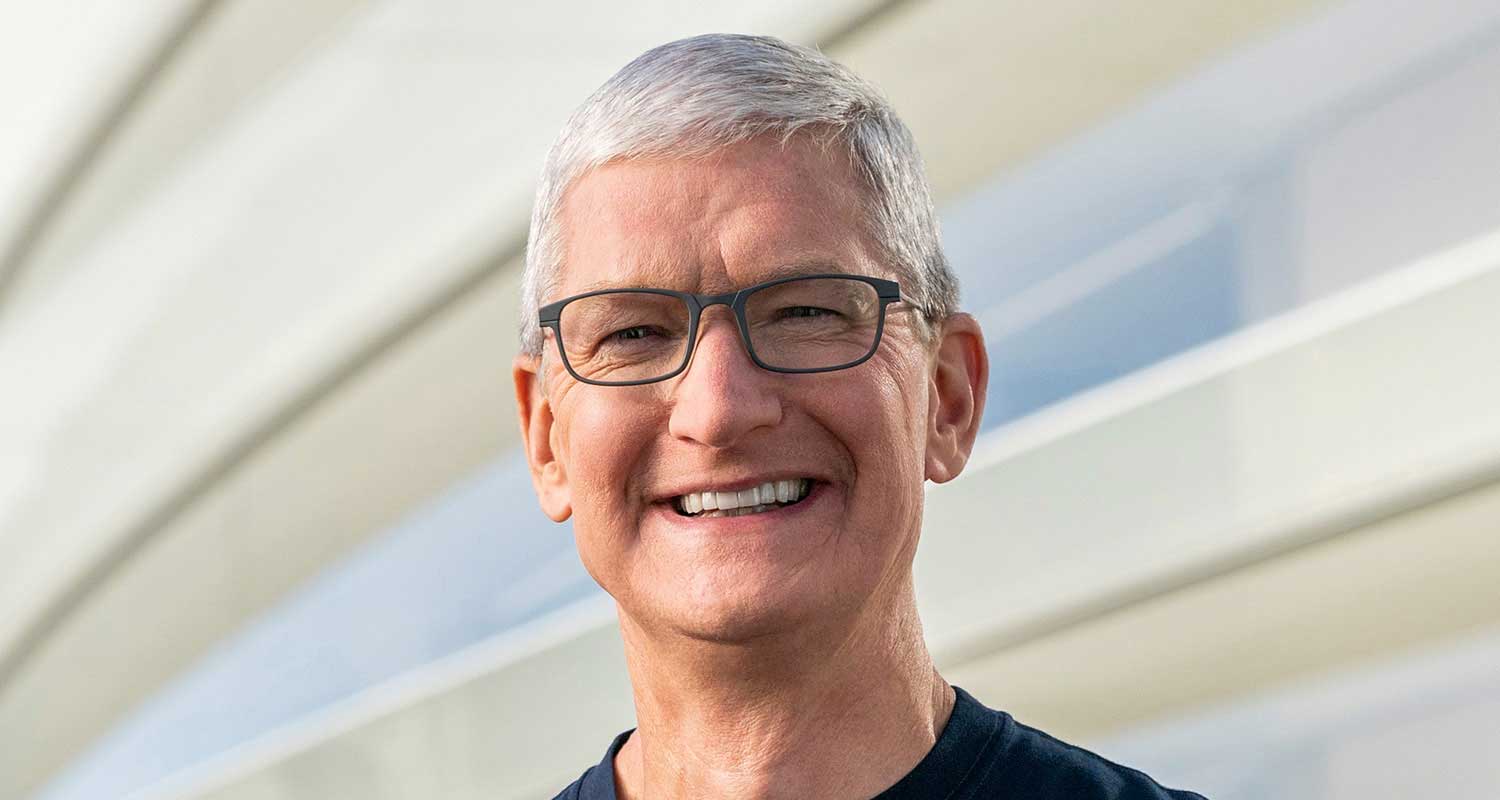You wouldn’t exactly call it understated. In a video, Sam Altman, co-founder and CEO of OpenAI, jostles along a busy San Francisco pavement. Jony Ive, the legendary former Apple product designer and knight of the realm, descends the city’s steep, colourful streets. “I have a growing sense that everything I have learned over the last 30 years has led me to this moment,” Ive says in a voiceover.
They meet like old pals at Francis Ford Coppola’s iconic Cafe Zoetrope. They sit down to record a video so slick the old director would likely be happy with it himself. The reason for all this: confirmation that Ive and Altman have been working together on a device that will reinvent how people interact with machines.
“Jony called one day and said, ‘This is the best work our team has ever done.’” Altman gushes. “Jony did the iPhone; Jony did the MacBook Pro. These are the defining ways people use technology. It’s hard to beat those things.”
But beating them is what this formidable new Silicon Valley bromance is all about. The US$6.5-billion, all-stock deal for OpenAI to acquire Ive’s io is a bet that the 58-year-old can repeat his greatest feat: develop an era-defining product that changes the game just as the iPhone did when it was launched in 2007. It’s a bet they can do all this before Apple gets its own AI house in order. Frankly, I think it’s a bet with long odds.
Don’t get me wrong; if Ive is excited, I’m excited. While he has been engaged in several projects since leaving Apple, none has involved thrusting himself back into the public spotlight with the kind of vigour we saw on Wednesday. Ive, who was sometimes uncomfortable with the attention he received while at Apple, certainly seems reenergised by AI’s potential. His involvement will make the new product’s unveiling the most anticipated consumer tech event of next year.
Gaping hole
That will not go unnoticed at his former employer. Ive’s embrace of OpenAI highlights even further the gaping hole he left at Apple, where, in the almost six years after his departure, no one of his calibre has taken up the product design mantle. At the same time, CEO Tim Cook’s failure to see the AI revolution coming is looking costlier by the day.
Apple’s shares were down more than 2% on Wednesday, a sign that investors think disruption is at the door, as Apple executive Eddy Cue recently warned it might be. “You may not need an iPhone 10 years from now as crazy as it sounds,” he told a court hearing. “The only way you truly have true competition is when you have technology shifts. Technology shifts create these opportunities. AI is a new technology shift, and it’s creating new opportunities for new entrants.”
Read: Jony Ive’s design group at Apple is (almost) no more
But building a breakthrough device on the magnitude Ive and Altman have promised is a tall order, even if you have what Altman humbly described as the “densest collection of talent” that has “ever existed in the world”. (See what I mean?)

Altman suggested he didn’t think the device would replace a smartphone, at least not at first. So, OpenAI will need first to convince users to incorporate an extra gadget into their day. Those consumers will need to be convinced it brings functionality far superior to what they can summon with the smartphone already in their pocket. If OpenAI eventually decides it wants to make a product to replace the smartphone or laptop — those “legacy” devices, as Ive put it — it will need to work out how to break iOS users from lock-in, or Windows users from the tools they need every day for work.
If it’s confident it can do all that, OpenAI then needs to figure out how to manufacture it. Apple has 695 suppliers coexisting in a delicate dance that means the iPhone arrives in consumers’ hands at a price they can stomach. OpenAI has no such network — nor the institutional knowledge (yet) to create one.
In sum, it will be vastly more difficult for OpenAI to create a killer AI device than it will be for Apple to create an AI offering good enough to maintain the iPhone’s supremacy.
Seen from a different perspective, one where we’re not dazzled by nice videos and lofty promises, this announcement further emphasises what I consider the largest lingering question over OpenAI’s future. If we can assume AI functionality becomes commoditised to the point that, for the vast majority of uses, there is little difference between any of the leading models — where does that leave OpenAI?
Tiny window
ChatGPT may command a healthy amount of direct traffic today, but the window in which people will interact with AI through basic prompts entered into a box is going to be a tiny one. Long term, OpenAI is at risk of finding itself homeless. Its relationship with Microsoft is no longer exclusive. It doesn’t have a search engine like Google, which took a big leap in its AI offerings this week with “AI Mode”. It doesn’t have a social network, like Meta Platforms, that it can use to harness personal data. It doesn’t have its own huge cloud platform, like Amazon.com, to more easily capture enterprise customers. And it doesn’t have devices, like Apple.
But it does now have Jony Ive, and that counts for plenty — but most likely not enough. — (c) 2025 Bloomberg LP
Get breaking news from TechCentral on WhatsApp. Sign up here.
Don’t miss:
iPhone designer Jony Ive to build AI devices with OpenAI
Crédito: Link de origem

